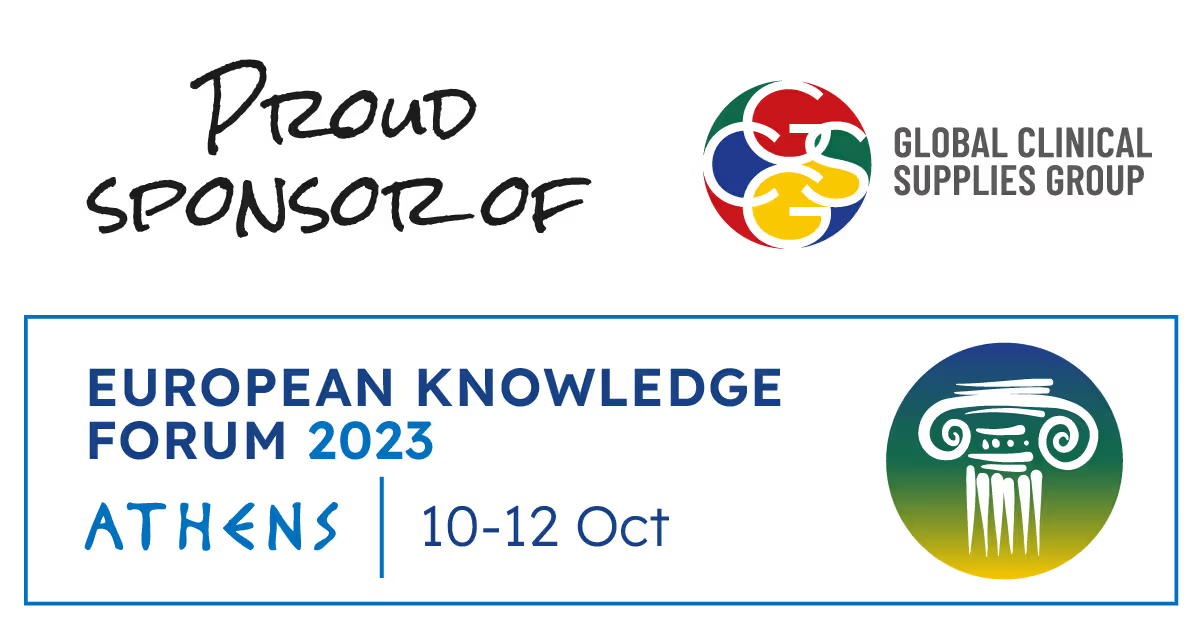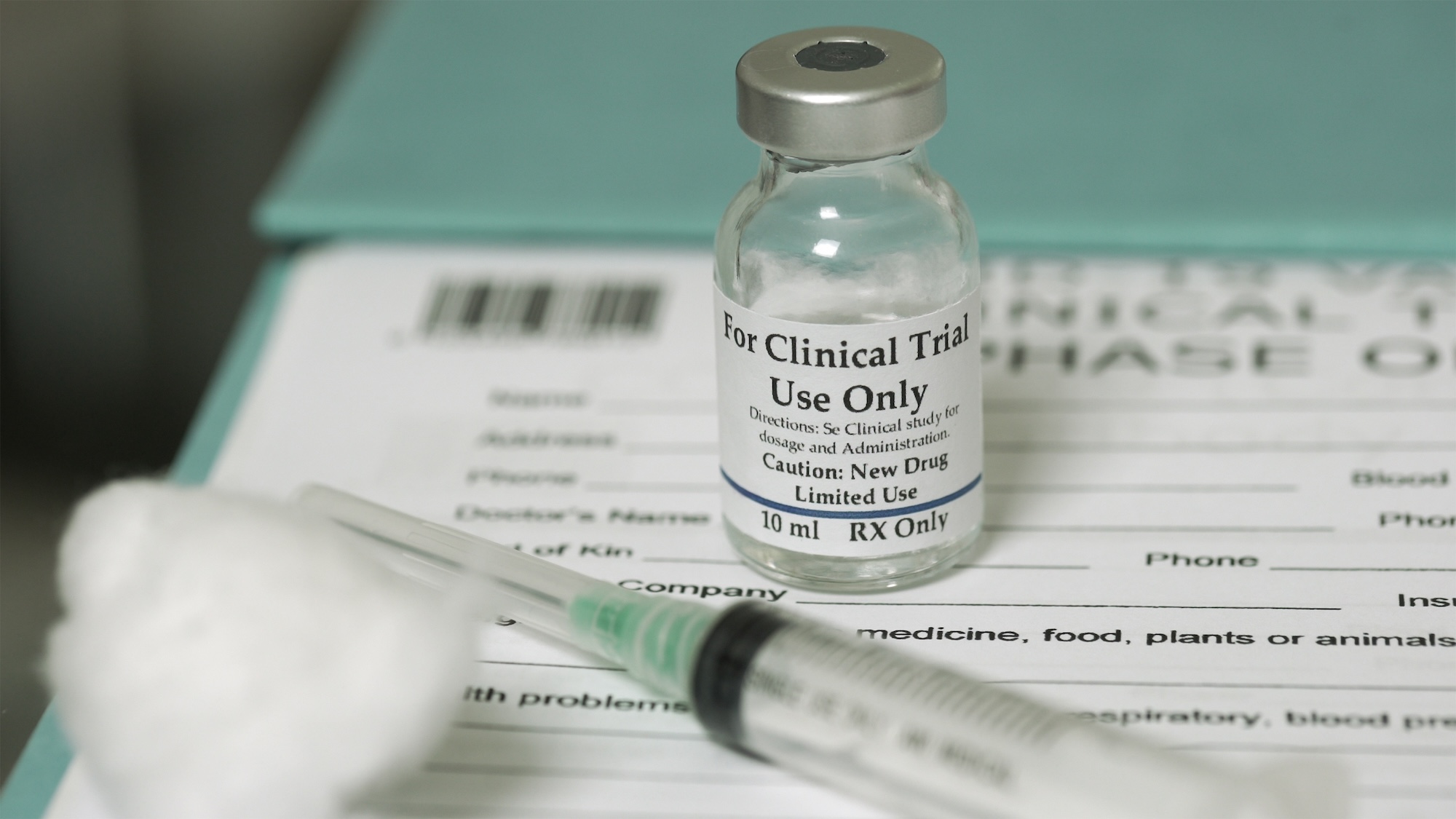Visibility and automation: reducing disruption due to temperature excursions

Visibility and Automation
For sponsors looking to improve operational efficiency, current industry practices for temperature monitoring create several potential sources of temperature excursion. The need to collect data manually for shipments, can lead to data gaps throughout the temperature monitoring process and additional site burden, taking up valuable time and introducing the risk of human error.
Digital solutions can remove these issues by providing supply chain professionals with an automated stream of accurate temperature data throughout the cold chain. In a clinical environment where every minute counts, there is considerable value in just reducing the time spent on temperature monitoring by clinical and sponsor staff. But there is even more value in being able to take preventative action quickly if problems do arise.
Here are some of the ways digital solutions can eliminate manual efforts, ensure safe dispensation of treatments, and enable seamless clinical operations.
Automation - Simplifying excursion processes
More than 90% of temperature excursions do not result in a deviation that requires treatments to be wasted. But with time-consuming manual interventions these still need to be investigated. Automating the process can lead to huge reductions in workload. While manual processes will usually prevent a patient being given a drug that has experienced a temperature deviation, automated evaluation of excursions present the same compliance while removing the workload from the study team and providing real-time decisions.
Visibility - Seeing the whole picture
Data gaps can mean temperature excursions are not detected until a shipment reaches its final destination. In turn, this can create delays in ordering replacement shipments, leading to wasted clinical time, frustrated trial participants and increased costs.
Digital temperature monitoring solutions can provide visibility at every point of the process, giving clinical study teams notifications if an excursion occurs. This means they can begin managing the process of re-ordering, re-shipping, and re-scheduling immediately rather than hours or potentially days later, minimizing disruption and maximizing efficiency. This is especially important for direct-to-patient studies, where sponsors need to show that individual items were in a safe temperature range when they were delivered.
Reporting - Turning raw data into information
Having quick and easy access to baseline reporting with data presented in simple dashboards helps operators see data in a centrally organized way. This makes it much simpler for them to run the trial effectively and demonstrate its compliance, but also helps reduce the workload associated with the manual review process. Typically, a site will receive data on shipping or storage timeframes, but the data sets are not connected to one another. These connection points have to be created manually. Digital systems automate this process of data review and aggregation, presenting teams with the data they want in a format that is easy to digest. Whereas detecting, logging and dealing with an excursion that did not result in a deviation could take hours or days with attritional manual process, through digital systems the event is recorded, and operators notified within seconds.
.jpeg)
Integration - Seamless exchange of data between clinical systems
Digital solutions also offer another important benefit: flexibility. Traditional temperature monitoring methods do not offer operators much choice in how it is performed. Digital solutions on the other hand, can be adapted and tailored to fit the needs of specific operators or clinical environments and integrated with their IRT seamlessly. They also offer interpretability with other systems, breaking down silos and allowing the seamless exchange of data. Working closely with clients, we have been able to show the enormous benefits customized solutions can deliver for operators. By using data that originates from one source and flows through several other systems without the need for manual intervention, the workload of teams is reduced even further. Most importantly, the risk of dispensing unsafe treatments in greatly reduced because of the automated quarantine in the IRT.
Our solution can establish whether a temperature deviation has occurred and notify users within seconds, helping to reduce failed patient visits and dropouts. Almost instantly, operators can see exactly how delays will impact the other steps in their trial, so that they can make more informed decisions to mitigate any impacts.
You can find out more about how digital solutions are taking the average excursion management process from days to seconds and reducing site burden by listening to our cold chain distribution webinar. Watch on-demand today:
You may also be interested in

How GSK Pharma in UAE optimized the supply chain through automatization

On-demand webinar: Introducing BLE technology for temperature monitoring

GCSG Athens 2023 Vendor Showcase Hosted by TSS
You may also be interested in

Can You Rely on the Results from Your Clinical Trials?


